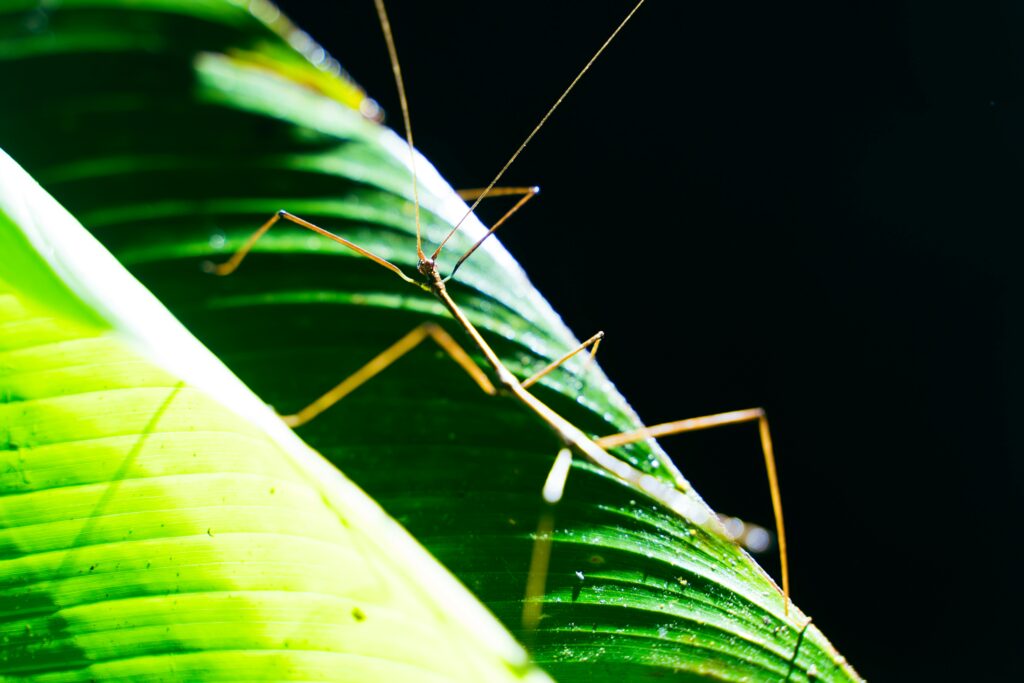Imagine a world where finding a partner isn’t necessary to create the next generation. For millions of insects across the globe, this isn’t science fiction—it’s their everyday reality. While most of us think reproduction requires two parents, countless insect species have evolved remarkable ways to reproduce entirely on their own, creating perfect genetic copies without ever needing to mate. This extraordinary phenomenon challenges everything we thought we knew about survival and evolution.
The Shocking Reality of Virgin Births in Nature
Parthenogenesis, the scientific term for virgin birth, occurs when female insects produce offspring from unfertilized eggs. This isn’t some rare biological quirk—it’s happening right now in gardens, forests, and even inside your home. The process is so efficient that some species have completely abandoned sexual reproduction altogether. What makes this even more mind-blowing is that these “virgin mothers” can produce hundreds or even thousands of genetically identical offspring in a single reproductive cycle. The speed and efficiency of this process puts traditional reproduction to shame, allowing populations to explode in numbers when conditions are perfect.
Aphids: The Ultimate Clone Armies
Aphids are perhaps nature’s most successful asexual reproducers, and they’re probably crawling on plants near you right now. During spring and summer, female aphids give birth to live young that are exact genetic copies of themselves—no males required. These newborns are already pregnant with the next generation, creating what scientists call “telescoping generations.” A single aphid can theoretically produce billions of descendants in just one season through this mind-bending reproductive strategy. When winter approaches, many aphid species switch back to sexual reproduction, but during their peak season, they’re essentially running biological copy machines.
Stick Insects: Masters of Mysterious Multiplication
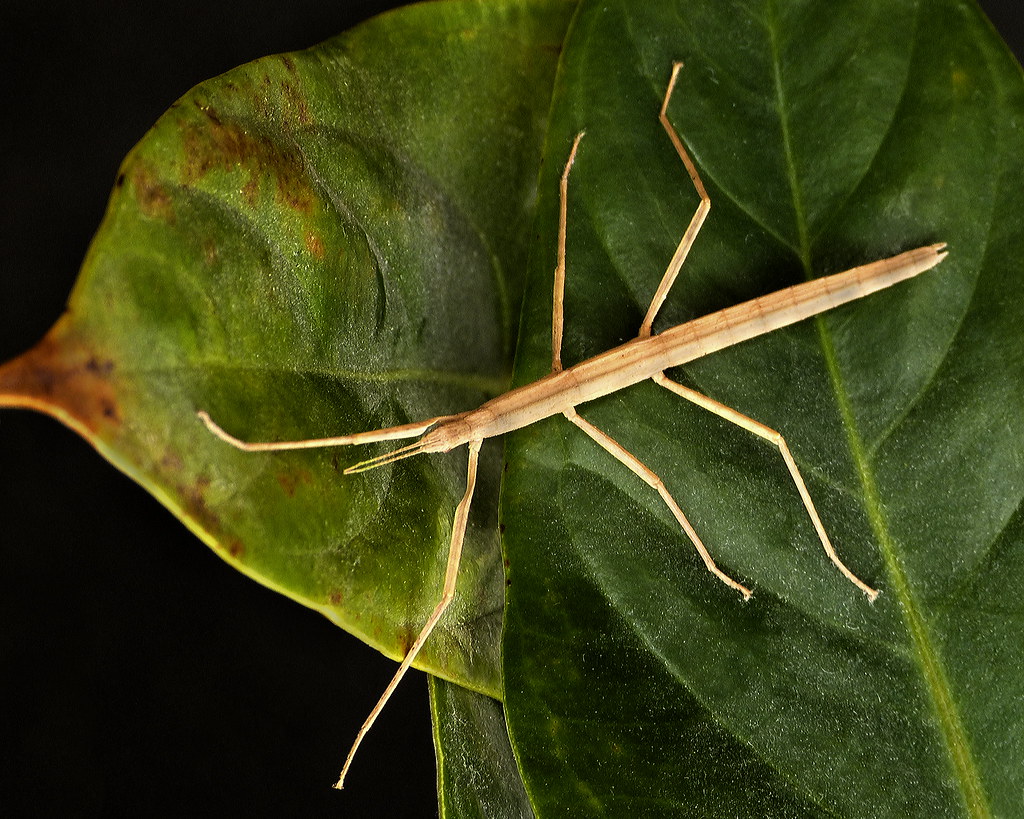
Walking sticks have taken asexual reproduction to extraordinary lengths, with some species going millions of years without any males at all. The New Mexico stick insect hasn’t had a confirmed male sighting in over a century, yet populations continue to thrive across the southwestern United States. Female stick insects simply drop their eggs like seeds, and these unfertilized eggs develop into perfect female copies. This strategy works so well that researchers believe sexual reproduction might actually be holding some species back rather than helping them evolve. The efficiency of their reproduction system makes you wonder why nature ever bothered with males in the first place.
Weevils: The Tiny Titans of Solo Parenting
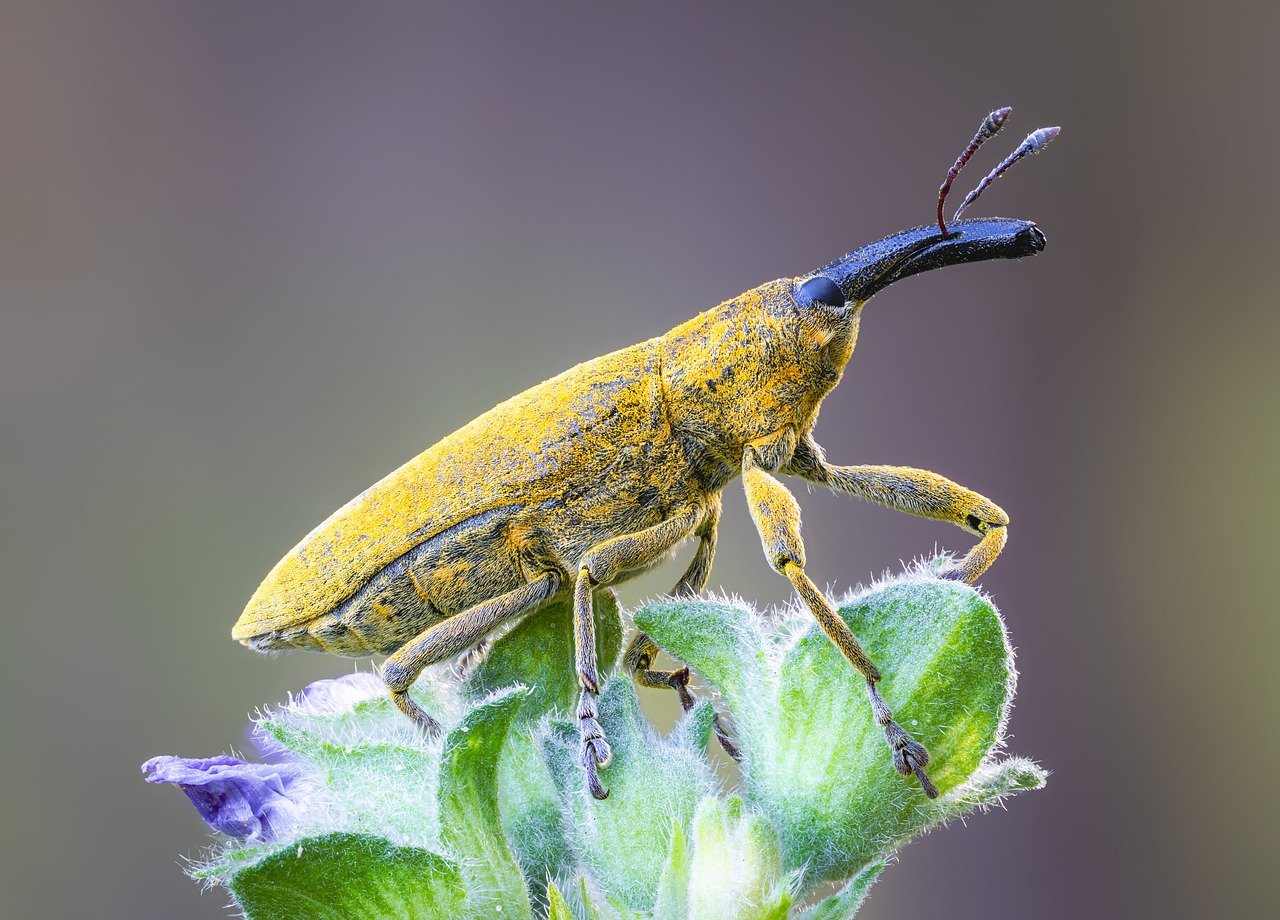
These small but mighty beetles have mastered the art of reproduction without romance, and they’re doing it right under our noses. Many weevil species can produce offspring through parthenogenesis, allowing them to colonize new habitats incredibly quickly. When a single female weevil finds a perfect food source, she doesn’t need to wait for a male to arrive—she immediately begins producing an army of daughters. This reproductive independence has made weevils some of the most successful agricultural pests on the planet. Their ability to reproduce alone means that even a single individual can establish an entire population in a new location.
The Genetic Time Bomb of Identical Copies
While creating perfect genetic copies might seem like the ultimate evolutionary advantage, it comes with a terrifying downside. When every individual in a population shares identical DNA, they all share the same vulnerabilities to diseases, parasites, and environmental changes. A single pathogen that can kill one individual can potentially wipe out the entire population in one devastating sweep. This genetic uniformity is like putting all your eggs in one basket—it works great until that basket breaks. Scientists call this the “evolutionary dead end” because populations lose their ability to adapt to new challenges over time.
Environmental Triggers That Switch Reproduction Modes
Many insects have evolved the remarkable ability to switch between sexual and asexual reproduction depending on environmental conditions. When food is abundant and conditions are perfect, they reproduce asexually to maximize population growth. However, when environmental stress increases—such as during droughts, temperature changes, or overcrowding—they switch to sexual reproduction to increase genetic diversity. This flexibility gives them the best of both worlds: rapid population expansion when times are good, and genetic insurance when times get tough. It’s like having a biological emergency switch that activates exactly when it’s needed most.
The Role of Bacteria in Insect Virgin Births
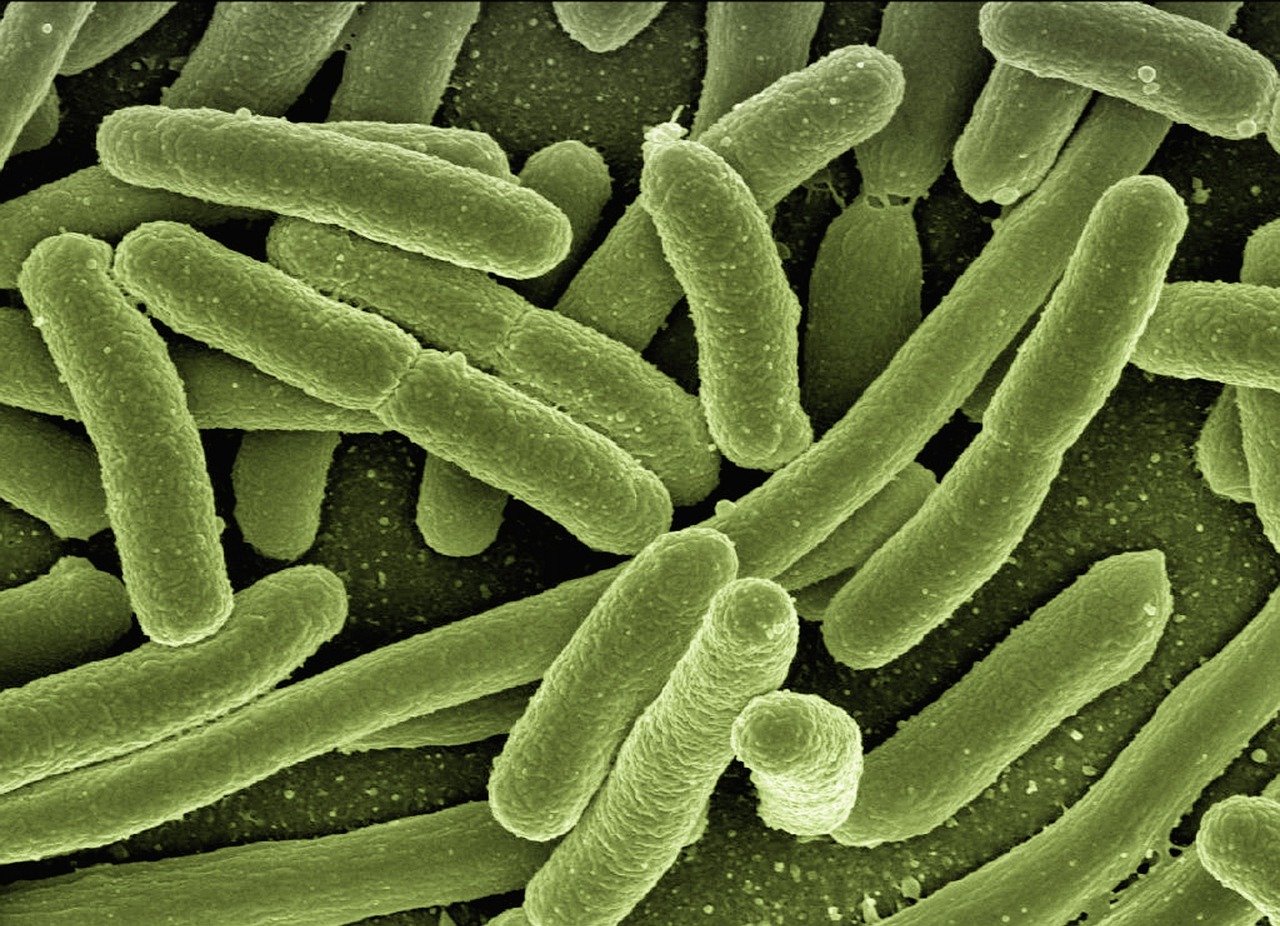
Some of the most fascinating cases of asexual reproduction in insects are actually caused by bacterial infections that manipulate their hosts’ reproductive systems. Wolbachia bacteria infect millions of insect species and can completely alter how they reproduce. These microscopic puppet masters can force infected females to produce only daughters, kill male embryos, or even allow infected females to reproduce without mating. The bacteria ensure their own survival by being passed from mother to offspring, creating a biological partnership that benefits both the bacteria and the insects. This manipulation is so effective that some insect populations are now completely dependent on their bacterial partners for reproduction.
Social Insects: When Workers Become Queens
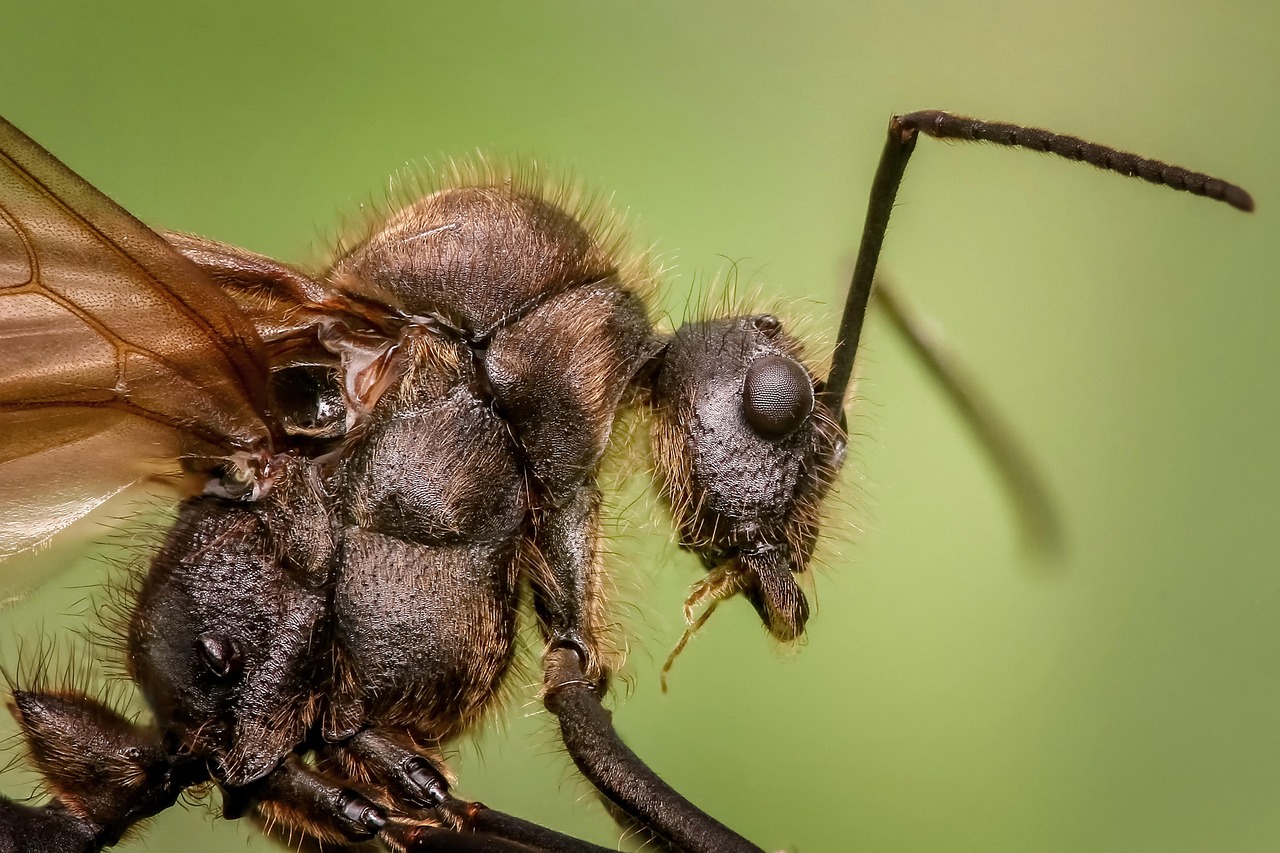
In the complex societies of ants, bees, and wasps, asexual reproduction takes on dramatic social dimensions. Worker ants and bees, typically sterile females, can sometimes begin laying unfertilized eggs that develop into males or even new queens. This reproductive rebellion usually happens when the colony loses its queen or during times of social stress. The Amazon molly ant species has taken this to extremes, with workers capable of producing exact genetic copies of themselves to become new queens. These social upheavals demonstrate how asexual reproduction can serve as a backup plan when traditional reproductive hierarchies break down.
Geographic Patterns: Where Solo Reproduction Thrives
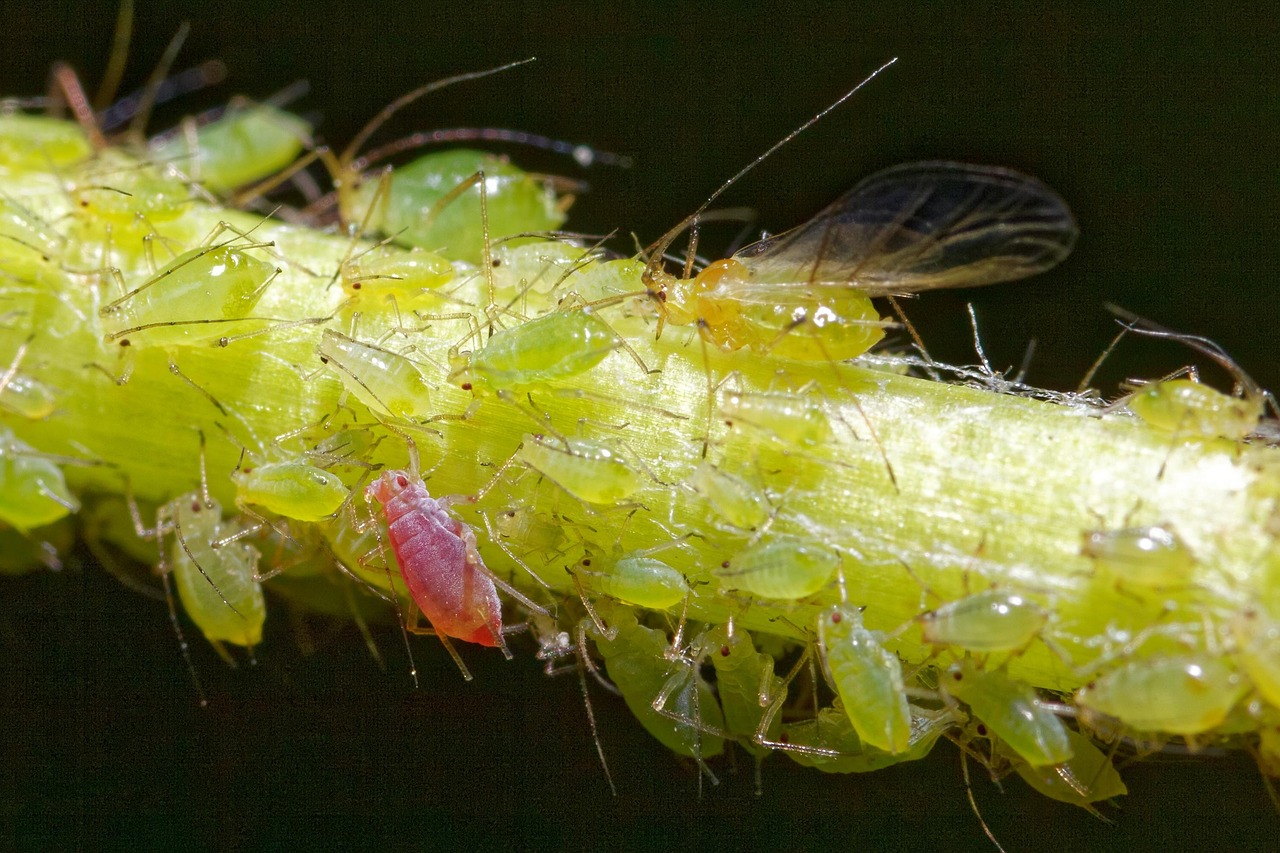
Asexual reproduction isn’t randomly distributed across the planet—it follows fascinating geographic patterns that reveal important evolutionary secrets. Arctic and high-altitude environments have unusually high numbers of asexual insect species, possibly because harsh conditions make finding mates extremely difficult. Island populations also frequently evolve asexual reproduction, since small populations face constant risks of males and females being unable to find each other. Disturbed habitats, such as agricultural areas and urban environments, often favor asexual species because they can quickly colonize new areas without waiting for both sexes to arrive. These patterns suggest that asexual reproduction is nature’s solution to specific environmental challenges.
The Evolutionary Arms Race Against Parasites
Parasites and diseases create one of the strongest evolutionary pressures for insects to maintain sexual reproduction. The famous “Red Queen hypothesis” suggests that organisms must constantly evolve just to keep up with their parasites, much like Alice in Wonderland running as fast as she can just to stay in place. Sexual reproduction shuffles genetic material each generation, creating new combinations that might resist current parasites. Asexual species, with their identical genetic makeup, are sitting ducks for specialized parasites that learn to exploit their specific vulnerabilities. This creates an ongoing evolutionary battle where asexual species must find other ways to stay ahead of their enemies.
Laboratory Discoveries: Creating Artificial Virgins
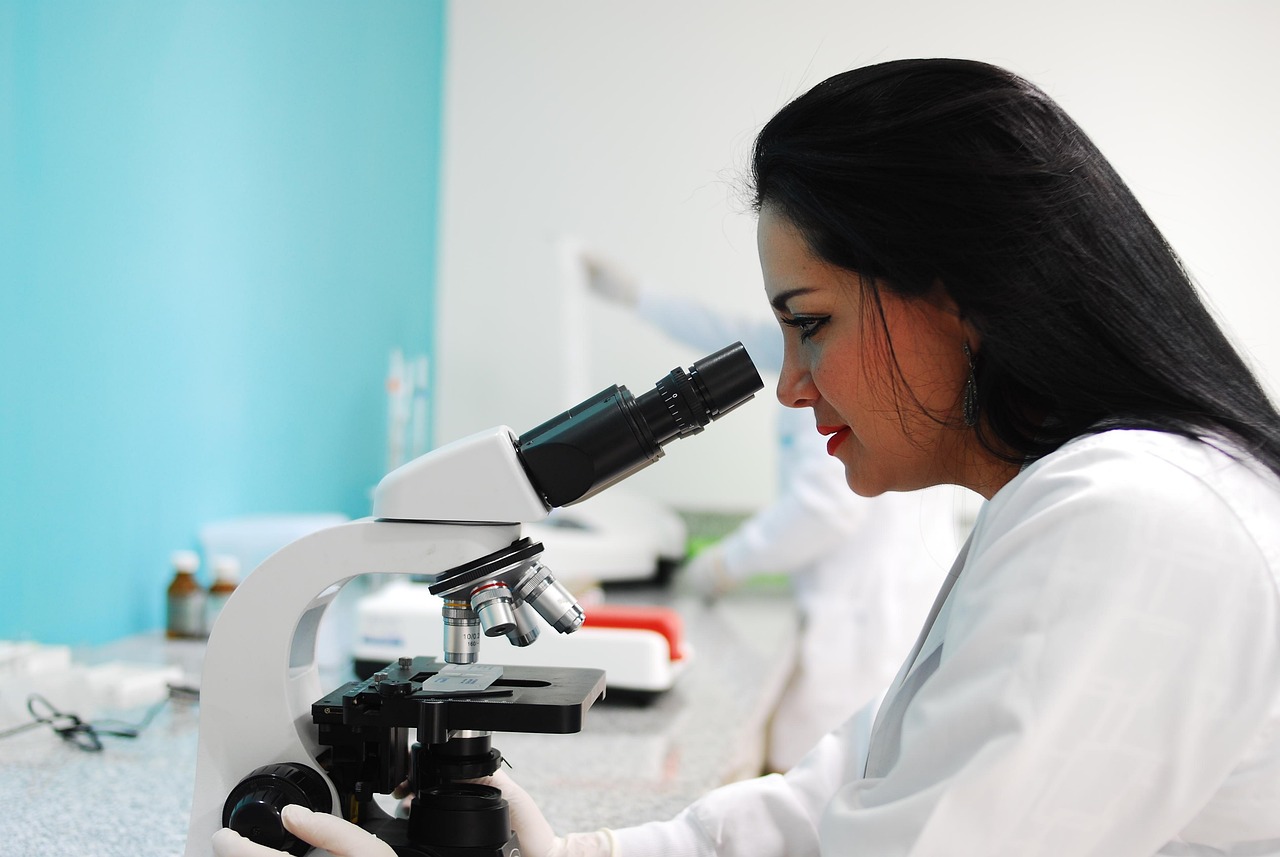
Scientists have made breakthrough discoveries by artificially inducing parthenogenesis in normally sexual insect species. By manipulating temperature, chemicals, or even using mild electric shocks, researchers can trick eggs into developing without fertilization. These experiments have revealed that the genetic machinery for asexual reproduction exists in many more species than we previously realized. Some fruit flies, normally requiring mates, have been successfully bred through multiple generations using only artificially activated virgin births. These laboratory successes suggest that the switch between sexual and asexual reproduction might be much easier than evolution previously indicated.
Agricultural Implications: The Double-Edged Sword
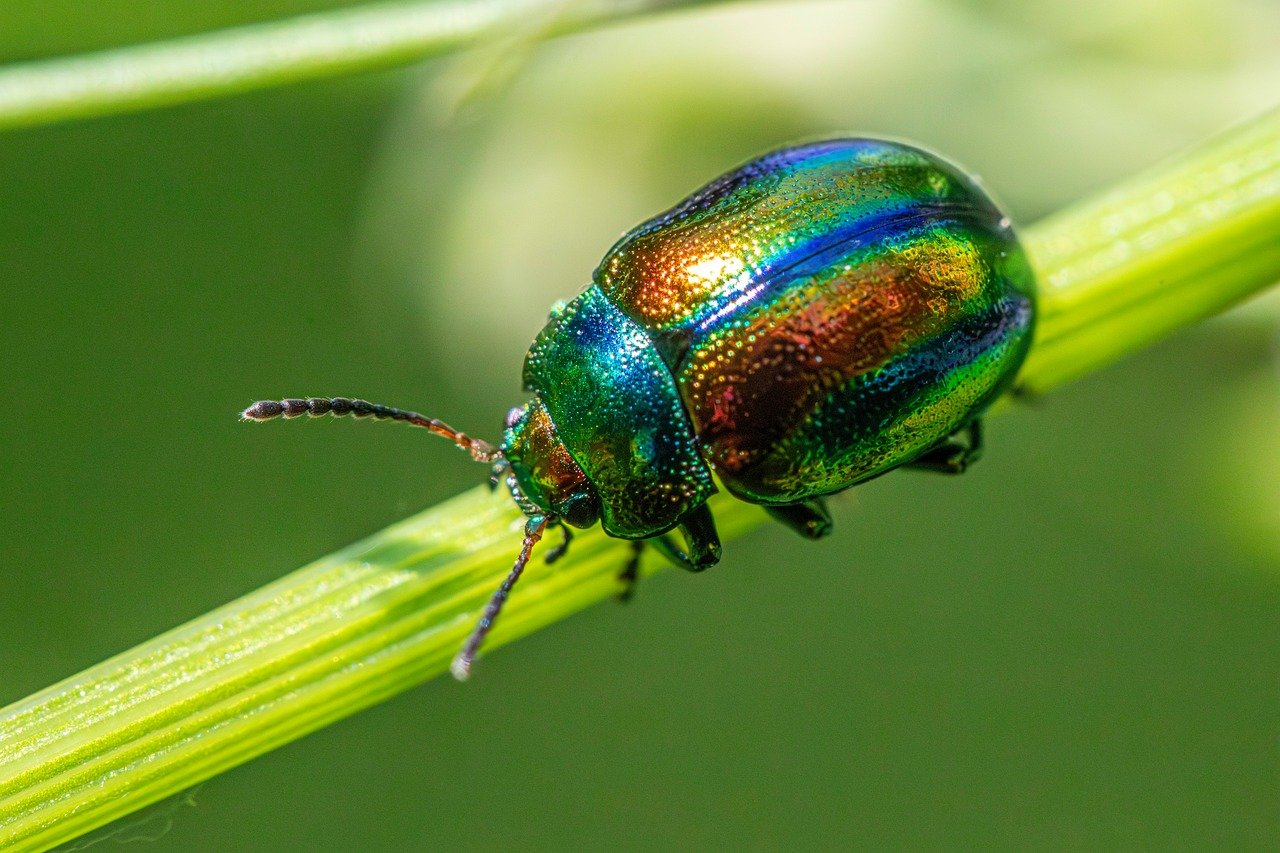
For farmers and agricultural scientists, asexually reproducing insects represent both devastating threats and potential opportunities. Pest species that reproduce without mates can cause crop damage that escalates incredibly quickly, since even a single individual can establish a massive infestation. The Colorado potato beetle and many aphid species have used this strategy to become billion-dollar agricultural problems. However, beneficial insects that reproduce asexually, such as certain predatory wasps used in biological pest control, can be mass-produced and deployed without maintaining breeding populations. This dual nature makes understanding asexual reproduction crucial for both protecting crops and developing sustainable pest management strategies.
Climate Change: The New Evolutionary Pressure
Rising global temperatures and changing weather patterns are creating new evolutionary pressures that may favor asexual reproduction in insects. Species that can rapidly produce large numbers of offspring without waiting for mates have significant advantages in quickly changing environments. Some researchers predict that climate change will lead to more insect species evolving asexual capabilities as traditional mating seasons become disrupted. However, the genetic uniformity of asexual populations also makes them more vulnerable to the novel diseases and environmental stresses that climate change brings. This creates a complex evolutionary gamble where the short-term benefits of rapid reproduction must be weighed against long-term survival risks.
The Future of Sexless Evolution
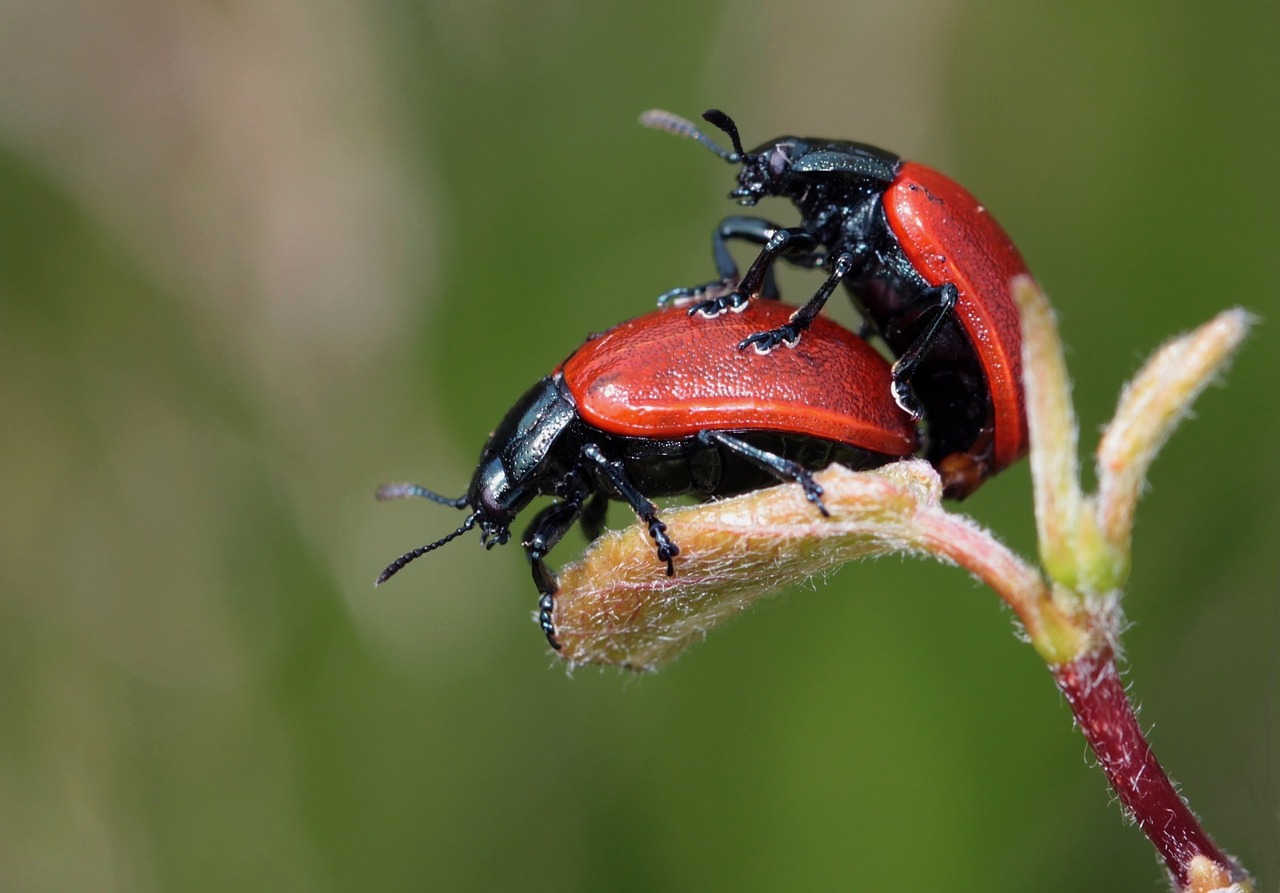
Recent advances in genetic sequencing and molecular biology are revealing asexual reproduction to be far more complex and sophisticated than scientists ever imagined. Some species use mechanisms to occasionally introduce genetic variation even during asexual reproduction, creating the best of both worlds. Others have evolved multiple different types of asexual reproduction that they can switch between depending on circumstances. These discoveries suggest that asexual reproduction isn’t an evolutionary dead end but rather a dynamic, flexible strategy that continues to evolve and improve. The future may hold even more surprising discoveries about how life finds ways to reproduce and thrive without traditional partnerships.
The world of asexual insect reproduction challenges our fundamental assumptions about life, survival, and evolution. These remarkable creatures have found ways to bypass one of biology’s most basic requirements, creating efficient reproductive systems that can outcompete traditional methods under the right conditions. While genetic uniformity brings serious long-term risks, the immediate advantages of rapid, independent reproduction have allowed countless species to thrive in environments where finding mates would be impossible. As climate change and human activities continue to reshape our planet’s ecosystems, understanding these alternative reproductive strategies becomes increasingly important for predicting how insect populations will respond to future challenges. The tiny creatures reproducing without mates all around us may hold keys to understanding adaptation, survival, and the surprising flexibility of life itself. What other biological “rules” might nature be quietly breaking right under our noses?

